Groups of Plants and Animals That Interact Within an Ecosystem
Scale Pondlocal Regional sand dunes woodland or forest global scalebiomes-tropical rainforests deserts and tundra. For example a desert will have populations of different species of lizards and cactus plants.

Ecology Ecology The Study Of How Organisms Interact With Each Other And With Their Physical Environmen Animal Adaptations Physical Environment Running In Snow
These are the groups of plants and animals that interact within an ecosystem 2 See answers Advertisement Advertisement emilyreams emilyreams I think it is community Thank u correct youre welcome Advertisement Advertisement Brainly User Brainly User Communities hope this helps good luck and god bless.
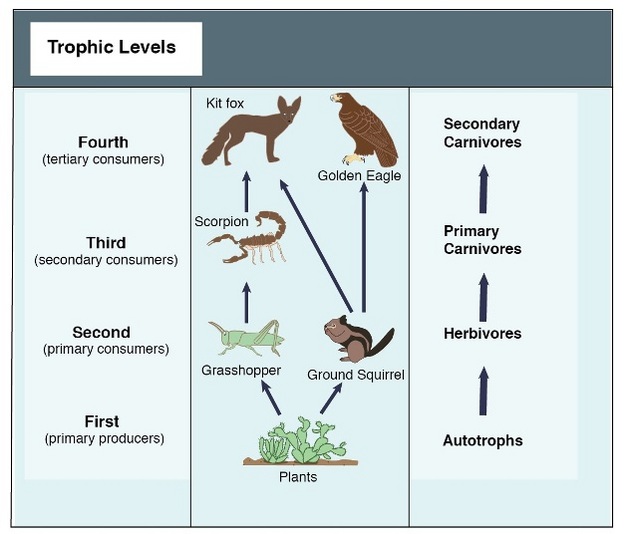
. Commensalism These are. An ecosystem is a community of animals plants and microbes that sustain themselves in the same area or environment by performing the activities of living feeding reproducing and interacting. Because the living organisms have different living.
These are the groups of plants and animals that interact within an ecosystem. Want this question answered. Required by plants to perform photosynthesis.
The plants and animals receive oxygen from the Sun water and air. The living organisms of an ecosystem 4. Up to 24 cash back A biological population can be a group of animals or a group of plants.
It can be a group of bacteria or fungi or any other living thing. Be notified when an answer is posted. As an ecosystem there are biotic factors plants and animals that will interact with the abiotic factors such as soil water and weather.
A pathway by which a chemical element or molecule moves through both biotic and abiotic compartments of an ecosystem. The water and air recycle to help the Sun provide energy to plants and animals. An ecosystemis a natural system that comprises a community of plants and animalsthat interact with each other and their physical environment.
CGHS-GHSGT Ecology Question Answer These are the general weather conditions of an area over a long period of time. Plants Animals and Ecosystems. Time Frame May-October 60 minutes Location Perennial Garden Gladney Rose Garden Climatron Pre.
The animals provide shelter for the plants enabling them to grow. For example the photographs above show different populations of organisms that all live in the same placeon one of the Galápagos Islands. Groups of living things interact within ecosystems The environment can be organized into five levels 1.
It is a relationship that exists between all the components of an environment. An ecosystem is defined as a group of living organisms or biotic plantsanimals andmicrobial species living together in a particular natural environment and interacting with non- living components or abiotic air water nutrients soil and light water atmosphere temperature and humidity in the same environment. Heterotrophs are organisms that must eat to get energy such as animals bacteria and fungi.
These groups are based on how the organism obtains food. The place where an organism lives that provides it with shelter food and water. An abiotic part of an ecosystem.
Crab vulture termites wood beetle and crayfish. Generate hypotheses about plant and animal relationships. The sun water and air provide necessary resources to the plants and animals.
Examples include a desert a coral reef and a freshwater lake. Plants and animals benefit each other as members of food chains and ecosystems. Autotrophs are organisms that can make their own food such as plants and some chemosynthetic bacteria.
Ecosystems are geographic areas where plants animals and other organisms as well as weather and landscape work together to form a bubble of life. The whole surface of the Earth is a series of interconnected ecosystems and whether indirectly or directly every component in an ecosystem relies on every other factor. For instance flowering plants rely on bees and hummingbirds to pollinate them while animals eat plants and sometimes make homes in them.
The living and non- living things that interact in one environment. Comprise of organisms that feed on dead matter and break it down to release chemical energy back into the soil for plants to re-use them. Fungi bacteria insects worms and others.
Producers consumers and decomposers all interrelate in food chains and food webs and are dependent on one another for survival. Region with similar climate types of plants and animals 2. Distinct region of earth.
The study of the interaction of living and nonliving things in the environment. Non-living elementssoils rocks water sunlight etc and living elementsplants animals bacteria etc. This is a group of plants and animals.
It includes plants animals fish and micro -organisms including soil water and people. Any change in the climate of an area can affect the plants and animals living there as well as the makeup of the entire ecosystem. Populations of many different species will be found living in the same area.
What are the groups of plants and animals that interact within an ecosystem. Habitat The natural environment in which a living thing gets all that it needs to live. Plant and Animal Interactions Grade Level 6-8 Student Outcomes describe four different relationships that occur between plants and animals mutualism commensalism predation and parasitism.
This is the total amount of all living things within a specific area. A group of organisms of the same species that live in the same area. When animals die and decompose they enrich the soil with nitrates that.
Feed on detritus matter dead plants and animals eg. Most plants and animals live in areas with very specific climate conditions such as temperature and rainfall patterns that enable them to thrive. Climate This is the interaction of two organisms where one is helped and the other is neither helped nor harmed.
All the members of one type of species in a specific area. A group of organisms of the same species that live in the same area. The groups are producers consumers and decomposers.
In what ways do plants and animals interact within ecosystems.

2 2 Ecosystems Interactions And Interdependence Within The Environment Siyavula

Organisms Interact With Living And Nonliving Things Activity Print Digital Critical Thinking Skills Food Web Activities Science Resources

Organisms Interact With Living And Nonliving Things Activity Print Digital Interactive Classroom Upper Elementary Science Cooperative Learning Activities

Ecology Humans And The Environment Powerpoint And Notes What Is The Ecological Impact That Humans Have Secondary School Science High School Science Ecology

How Do Plants And Animals Interact In An Ecosystem Lisbdnet Com

Pinterest Morninglow School Organization Notes Pretty Notes Sketch Notes
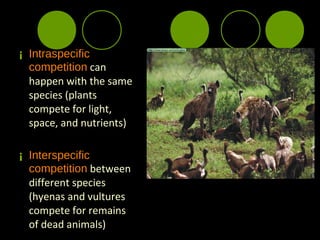
Interactions Within Ecosystems

The Wondrous Workings Of Planet Earth Understanding Our World And Its Ecosystems Rachel Ignotofsky 9780399580413 Amazon C Biomes Science Geek Science Books
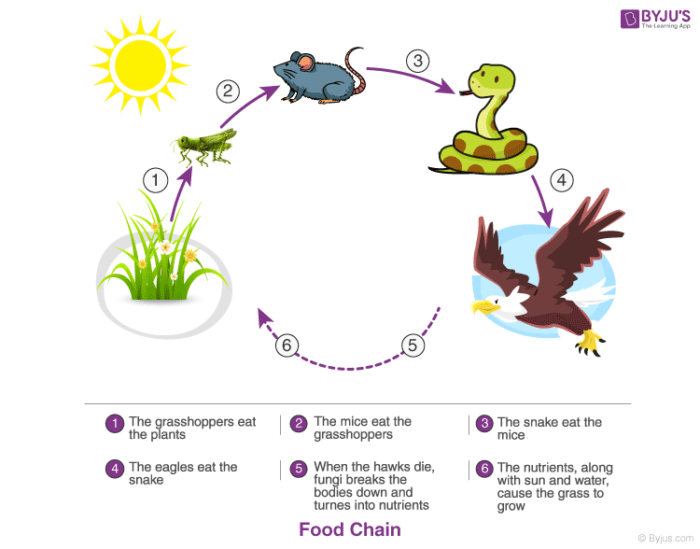
Interdependence Of Plants And Animals Ecosystem Herbivorous Chemistry

Wetland Ecosystems Grade 5 Science Biotic And Abiotic Factors In Science Lessons Middle School Science Notebook Middle School Middle School Science Resources
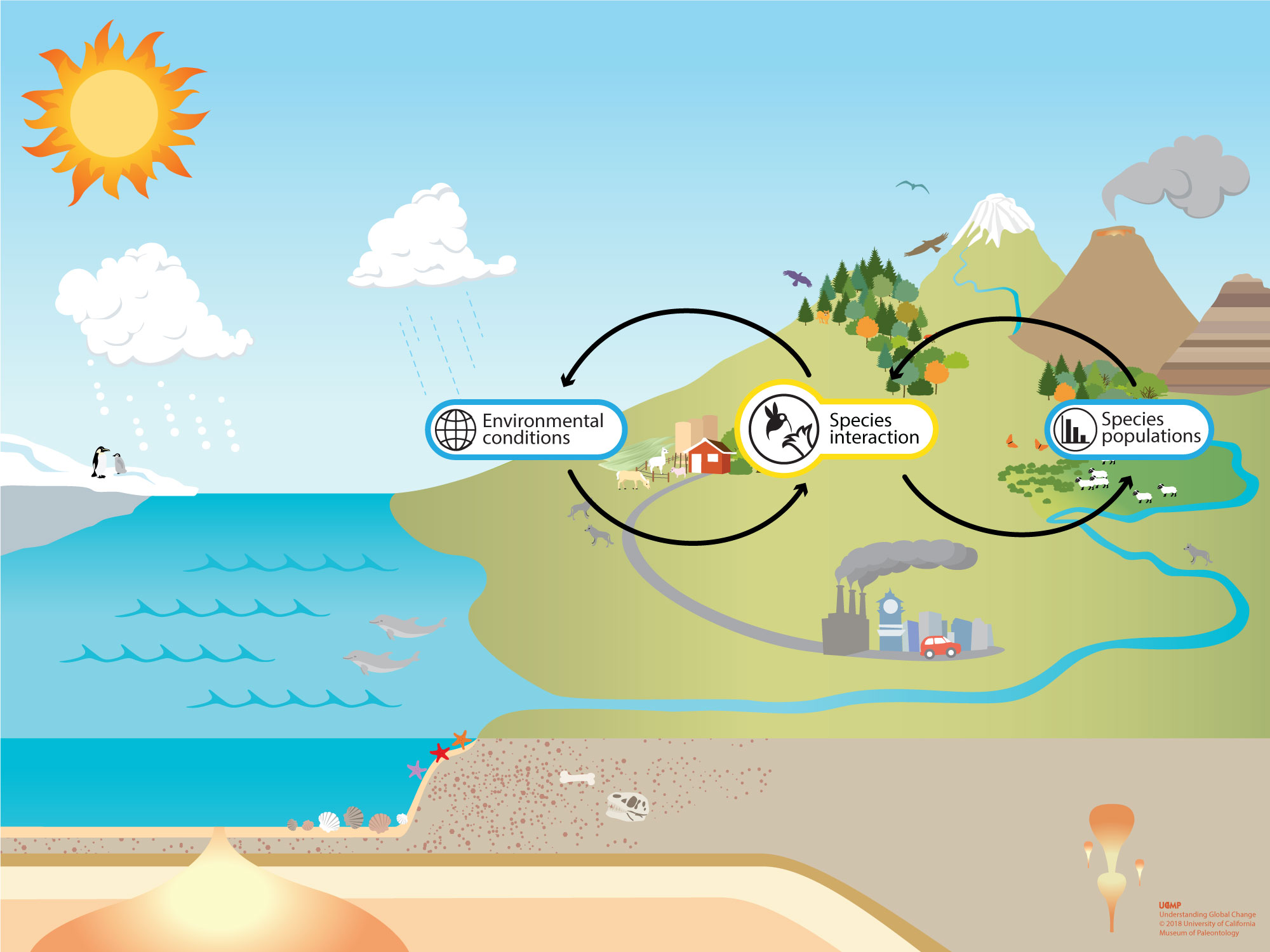
Species Interactions Understanding Global Change

2 2 Ecosystems Interactions And Interdependence Within The Environment Siyavula

Organisms Interact With Living And Nonliving Things Activity Print Digital Interactive Classroom Critical Thinking Skills Science Activities

Informational Text Science Journal Science Journal Interactive Science Journal Science Reading Comprehension

Grassland Ecosystem Science Diorama Project Based Learning Ecosystems Diorama Ecosystems Ecosystems Projects

Food Web Concept And Applications Learn Science At Scitable

Prep For Pond Ecosystem Game Watch Activity Instructions In The First Part Of This Activity Students Will Work In Pair Ecosystems 5th Grade Science Teaching

5 1 1 Define Species Habitat Population Community Ecosystem And Ecol Ecosystems Species 4th Grade Science
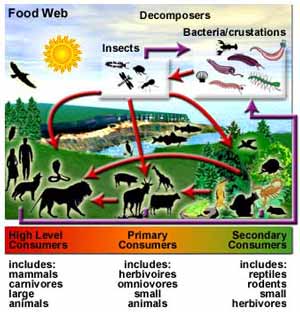
Comments
Post a Comment